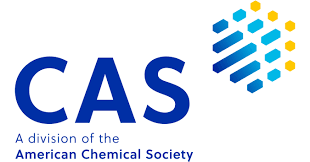Formulation, development and evaluation of buccoadhesive drug delivery system of risperidone
Keywords:
Buccoadhesive tablets, Risperidone, Kinetic studies , Sustained release, MucoadhesionAbstract
Aim and Objective: The study aimed to manufacture Bucco-adhesive tablets of Risperidone and characterize the effectiveness of the drug by incorporating it into the mucoadhesive drug delivery system. The sustained release tablets reduced the dose frequency by increasing residence time. Methods: For this study, five tablet formulations were synthesized by the wet granulation technique. Polymers like Carbopol, HPMC, CMC, Chitosan, and Xanthan gum, with varying concentrations, were used in each formulation. The effectiveness of the mucoadhesive tablets was ascertained by performing various tests like analysis of physicochemical parameters like friability, hardness, content uniformity, weight variation, and swelling studies. The DSC and FTIR analysis gave validation about the compatibility between drug and excipients. Furthermore, in vitro release analysis and stability studies were performed that suggested good bio-adhesive strength of prepared tablets. Results: All formulations showed good results for the physical characterization tests, post-formulation tests, and stability and compatibility studies, but Fs had shown the optimum results in in vitro release studies and stability. solver software was used, and different models were applied to in-vitro release data. Kinetic modeling studies showed that these formulations followed Korsmeyer-Peppas mode of release, with Fs showing non-Fickian release. Stability studies showed not more than 5to10% change in the drug concentration which indicated the stability of formulations. No incompatibilities of polymer and drugs were proved by the results of DSC and FTIR. Conclusion: Conclusively, the results demonstrated that optimum mucoadhesive tablets of risperidone will be proved as a promising delivery system with reduced dosing frequency for the treatment of psychotic disorders.
Keywords: Buccoadhesive tablets, Risperidone, Kinetic studies, Sustained release, Mucoadhesion.
Downloads
Published
How to Cite
Issue
Section
License
Copyright (c) 2024 The authors retain the copyright without restriction.

This work is licensed under a Creative Commons Attribution 4.0 International License.









